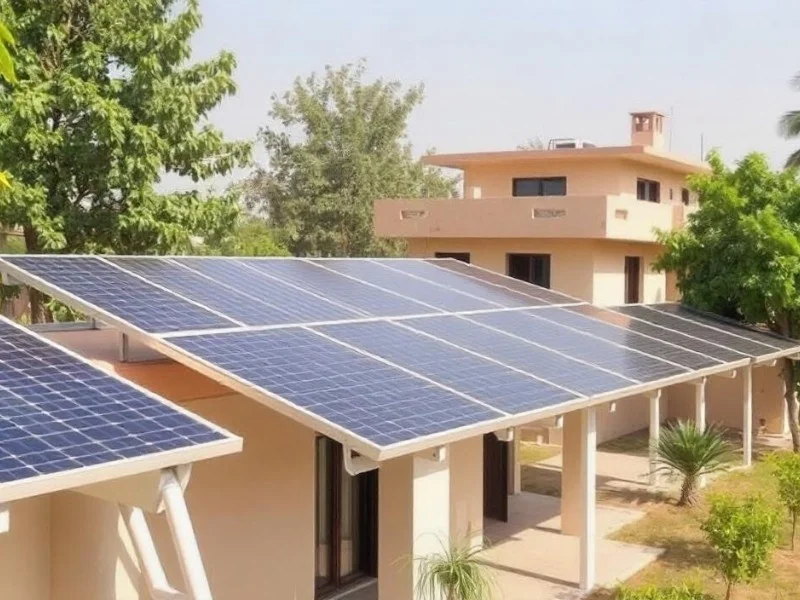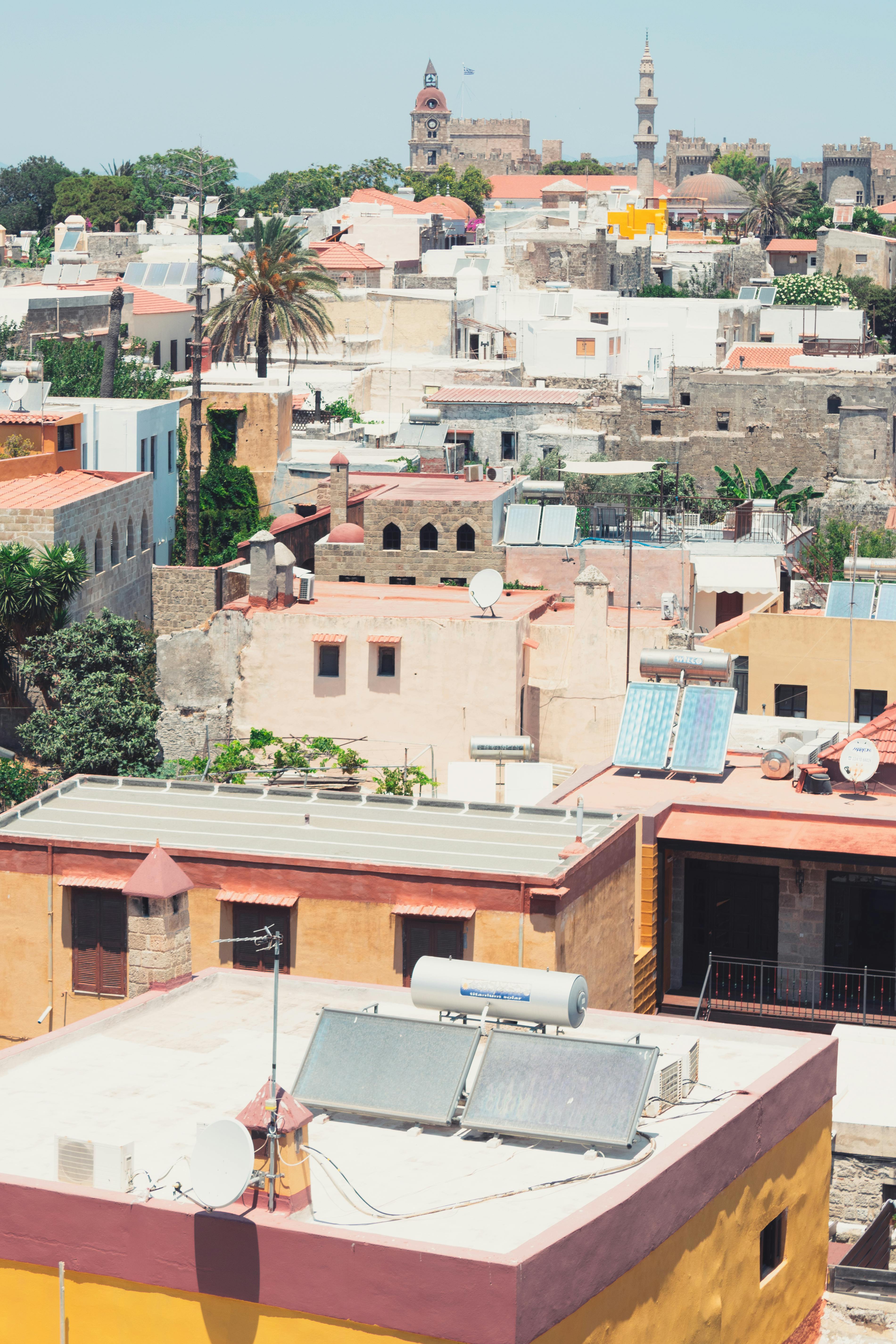
A solar plant is definitely a money-saving and environment-friendly asset, but have you thought of integrating along with your building design? Aesthetic solar plants are aways to make your solar plant aesthetically pleasing is to install the solar panels on an elevated structure. This structure can become a gazebo, porch, or outdoor space win-win situation where you get the savings from a solar plant, and you can flaunt it as a beautiful extension of your home.
One of the foremost things to make your solar plant aesthetically pleasing is to install the solar panels on an elevated structure so that it becomes like a gazebo, porch, or a sit-out kind of thing where you and your guests can enjoy coffee and a conversation.
An elevated structure not only saves space for leisure but can also act as a roof and a utility space or a semi-closed garden space. While achieving architectural synergy involves attention to detail, choice of materials, and a conscious effort to align with the overall design of the area, in this blog let us see how we can integrate aesthetics with the solar power plan
1. Solar Panels

- Frameless Panels: These give a sleek, modern look, minimizing visual disruption. Whether to choose a polycrystalline (blue) or a monocrystalline (black) is totally your call as you would plan it as per the colour scheme of the rest of the décor. One thing to note here is that in most cases, the monocrystalline panels would perform better.
- Bi-facial panels: These panels also capture and utilize reflected sunlight from the roof and have higher performance compared to conventional panels. They look visually pleasing while performing better. Since bi-facial solar panels are not opaque, it allows a certain amount of sunlight inside the gazebo or pergola making it a perfectly lit area. It is important to note that these panels can cost 10-15% more than regular mono facial panels.
- Using integrated solutions like solar shingles or photovoltaic tiles that blend seamlessly with traditional roofing materials can also be an option. Although they might be very expensive, or their availability can also be an issue.
2. Structure
As mentioned earlier, an elevated structure goes perfectly as a pergola or gazebo for your rooftop for the perfect sundowner parties or just as a sit-out. Things that one should consider with the structure:
- The structure has to be designed considering the height of the building and the windspeed, hence mostly it will be made with galvanized iron. You can get the structure painted in a wooden palette or paint it as per the colour scheme of the building to make it look chic and classic. Using actual wood is not recommended considering the load-bearing capacity, durability, and safety.
- The structure can also have grooves through which cables are routed neatly, and it covered well.
- Moreover, installing gutters along the structures is recommended that helps to channel the water effectively.
Now we have an idea to design a visually pleasing solar plant in the case of RCC roofs/terraces. But what can be done in the case of sloped roofs? How can they look aesthetic?
.jpeg)
The answer is simple, and the solution is affordable. In sloped roofs, the solar panels can be flush mounted i.e. they can be mounted parallel to the roof in the same direction as the roof (except for north direction with a slope > 8 degrees). The loss in generation can be considered and can be optimized to a certain extent as well.
Apart from solar panels, solar plants also consist of other components like the inverters, cables, combiner boxes, meters, earthing pits and strips.
3. Inverters and cables
- Technically cable routing should be done considering clearances and routed neatly from a safety and durability perspective. They can be covered with cable tray covers or facades and can be painted with colour of the palette chosen for the building.
- Although inverters are either IP65 or IP67, it is recommended to install inverters either indoors or if they are installed outdoors, they can be covered with canopies. The canopies can be designed such that they blend in with the building design while protecting the inverter
- Ensure that hiding equipment does not restrict access for maintenance, and that all equipment remains easily reachable in case of emergencies. In addition, inverters require sufficient ventilation for optimal performance and to prevent overheating, especially if it is installed in a confined space
- Inverters can also be installed in a way that they can be integrated into building infrastructure, such as well-lit and ventilated basements or utility rooms, to avoid visual clutter.
- Batteries should be located in cool, well-ventilated areas to ensure optimal performance, while balancing easy access for maintenance.
- Earthing strips also can be covered with sleeves. The colour of the sleeves can be chosen such that it is camouflaged with the wall colour.
When creating visually appealing solar installations, it's crucial to select materials that can withstand various weather conditions without compromising the overall performance of the solar power system.
By incorporating these principles, you can craft a rooftop solar plant that not only enhances the aesthetics of the building but also delivers exceptional functionality. Striking the right balance between design and efficiency ensures that the system harmonizes with the structure while maximizing energy generation.

.webp)
.webp)
.webp)


.jpg)
.jpg)







.jpg)





.jpeg)











.jpg)


.png)
.png)
.png)
.png)
.png)
.png)


.png)


.jpg)
